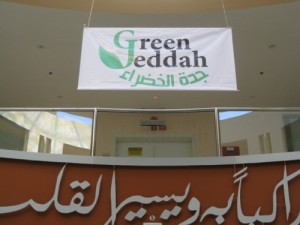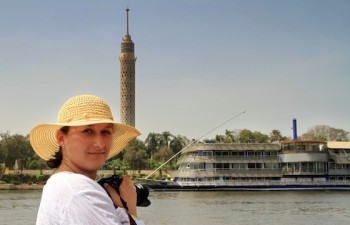 NASA scientists are using the Suomi NPP satellite to photograph the earth at night. They are studying natural phenomenon as well as light pollution. They found that manmade lights shine noticeably brighter during the holidays of Ramadan, Christmas and New Year.
NASA scientists are using the Suomi NPP satellite to photograph the earth at night. They are studying natural phenomenon as well as light pollution. They found that manmade lights shine noticeably brighter during the holidays of Ramadan, Christmas and New Year.
Some Middle Eastern cities shone more than 50% brighter during Ramadan. Find out how ancient religious celebrations led to traditions of holiday glare.
NASA scientists and associates used a sophisticated computer algorithm to compare man-made lights during holidays to man-made lights at other times of the year.
RELATED: NASA watches freshwater sea vanish
They compensated for clouds, dust and other weather phenomena which might have impacted the results. They also ignored increases in brightness from areas with snow cover because snow reflects and increases the amount of manmade illumination which escapes into space.
The scientists were surprised that holiday lights are visible from space.
Hanukkah Holiday Light
The Jewish celebration of Hanukkah is sometimes called the festival of lights. It commemorates a Maccabee victory and a miracle of efficient lighting that took place in 165 BCE. A nine-branched Hanukkah menorah lamp is part of this traditional celebration. The menorah’s candles are lit in order to represent the miraculous extra days of light.
RELATED: NASA sees Cairo’s black cloud on camera
Electric menorahs are sometimes used for display purposes and to let others know about the Jewish faith, but under most circumstances, this mitzvah requires a true menorah which burns wax or oil as the original temple menorah would have.
So, with the exception of the green laser menorah projected onto a landfill in Ariel Sharon park near Tel Aviv, typical Hanukkah celebrations aren’t bright enough to be seen from space.
Christmas Holiday Light
Christmas celebrates the birth of Jesus of Nazareth in Bethlehem. To Christians, Jesus Christ is the messiah and the light of the world. But there is only a tenuous connection between core Christian beliefs and the traditional illuminated Christmas tree.
The ancient pagan practice of decorating an evergreen tree was adopted by devout Christians in Germany. Marriage and other family connections brought this tradition to Great Britain around the year 1800 and spread further when Queen Victoria married her German cousin. At the time, these Christmas trees were decorated with ornaments and occasionally with lit candles.
In December 1882, Edward H. Johnson demonstrated the first electric Christmas tree lights. This was only three years after his associate Thomas Edison demonstrated the first practical incandescent light bulb. These lights were seen as a publicity stunt of the fledgling Edison electric company and not immediately welcomed as a less flammable alternative to candles. Businesses began using them around the year 1900 but they were too expensive for average households until about 1930.
Electric Christmas lights went through several technology and style changes over the next few decades. This included compact fluorescent Christmas lights introduced in the 1940s, high voltage Christmas lights, low voltage “fairy light” incandescents and the recent introduction of red, yellow, green, blue, ultraviolet and finally white LEDs.
Ramadan Holiday Light
These decorative lights eventually spread beyond the western world and beyond the Christian holiday. Some neighborhoods hold competitions for the brightest, blinkiest, most eye-watering holiday light display. So it should surprise no one that lights such as these are seen from space:
The lights of the Muslim holiday of Ramadan can also be seen from space. In Saudi Arabia, outdoor lights were twice as bright during Ramadan than they are at other times of year. Some of this may be caused by decorative lights, and the fact that more people are outside after sunset when each daytime fast ends.
Photographs by NASA some rights reserved



